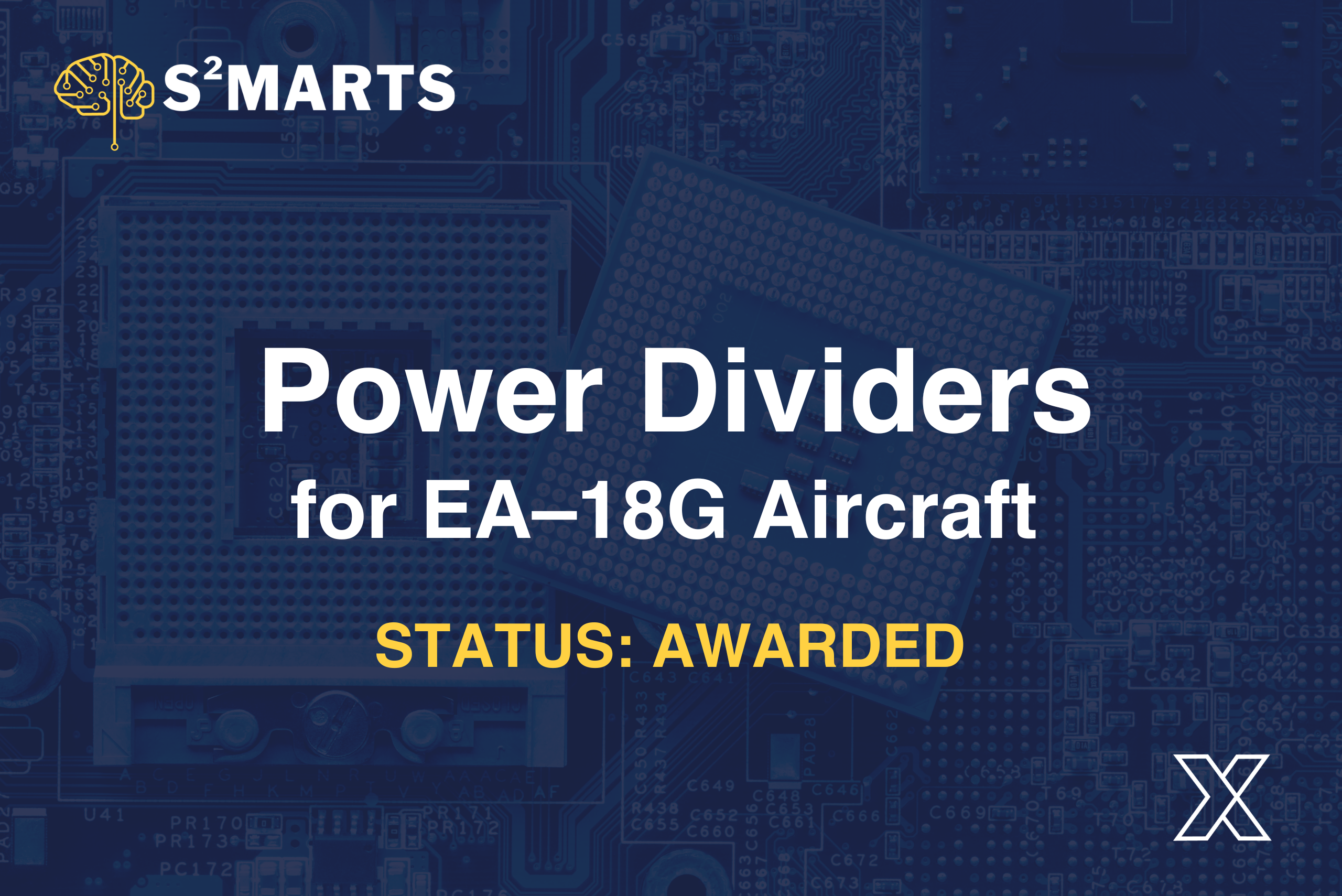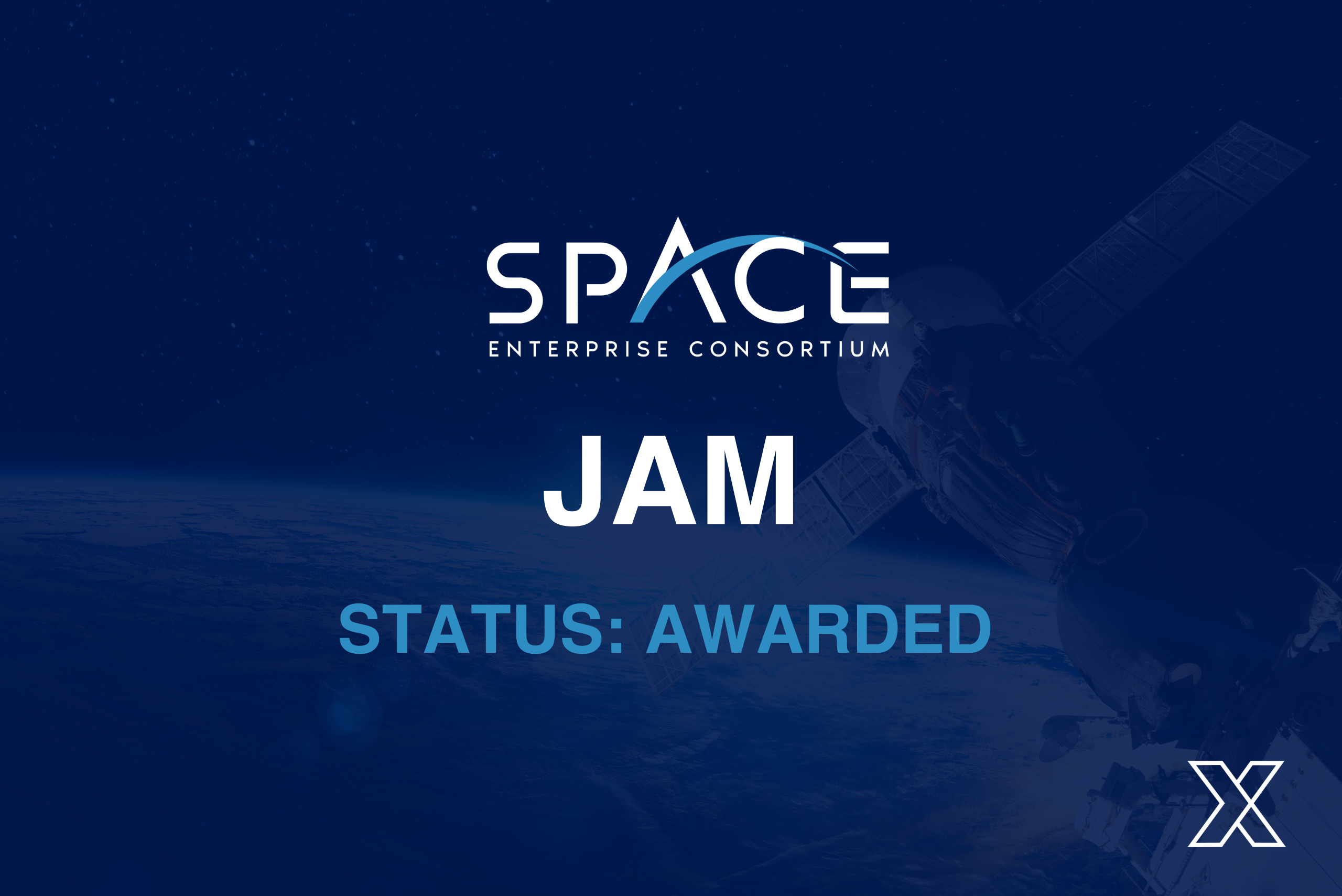Space Situational Awareness (SSA) and Space Traffic Management (STM)
March 7, 2023

Since the space craze took off in the US in the late 1950s, some 12,000 satellites have been put into orbit. 4,852 of those are active satellites, and the rest act as space debris.
It’s expected in the near future, as many as 20,000 additional satellites will be put into space. Some simple space situational awareness says space is about to get very crowded.
Enter space traffic management and the task of keeping track of what’s happening out there. In 2020, the space traffic management market was worth an estimated $11.9 billion. By 2030, that value is expected to soar to $22.4 billion.
With so much happening in the orbits around the Earth, more and more companies as well as the U.S. military are focusing on space situational awareness.
Read on to learn more about space situational awareness and space traffic management.
What’s Happening in Space?
For those watching, including the U.S. military, space is crowded with objects, and it will only get worse. Satellite technology continues to expand its capabilities.
In the information age, that means more and more, the private sector, the U.S. military, and countries across the globe are turning to space to get information.
One of the challenges in space, in addition to active satellites, is all the space debris. This space debris comes from a variety of sources. This might include:
- Inactive satellites
- Derelict spacecraft
- Mission-related debris
- Broken rocket bodies and spacecraft
- Fragments from the disintegration and erosion of non-active space objects
Even though this debris-filled space continues to be an issue, it’s not slowing down the movement to launch more into space. Encouraging space development includes:
- Launch ride-sharing
- Growth in the availability of small launch vehicles
- Large-scale satellite constellation deployments
All this led NASA and other military departments to focus on space traffic management. More on this shortly.
What Is Space Situational Awareness (SSA)?
For all parties to understand space and what’s happening, space situational awareness became critical for the military and the private sector.
Space situational awareness is the knowledge, understanding, and characterization of what’s happening out in space. A key to handling space domain awareness (SDA) is how decision-makers understand and predict the path of objects in space.
Before making decisions about the path these objects will take, you must first know about them and understand them.
Space situational awareness has multiple goals. These include:
- The tracking of objects in space
- Identifying the objects
- Establishing the orbits these objects are using
- Understanding the space they’re operating in
- Predicting their future positions
- Predicting potential threats to the operations of these objects
Those involved in SSA are constantly collecting data to warn of potential issues with the objects they monitor.
Components of Space Situational Awareness
The science of space situational awareness is categorized in three ways. Scientists use these categories to understand what is in space and how it might behave.
Let’s take a closer look at these three categories of SSA.
Space Weather
In space, there are sub-atomic particles and electromagnetic particles that are in flux around the Earth. These are impacted by solar activity. In short, the sun has the biggest impact on weather in space.
The sun impacts both transient space weather and space emissions.
The transient space weather is most impactful on active satellites and space debris. For example, transient weather can impact active satellites by causing:
- Radio bursts in communication
- GPS disruptions
- X-ray flares
High-energy solar particles can create dangerous levels of tradition for humans in space. It can also cause damage to solar panels and electronics used in space.
This impacts SSA because it can impact the lifespan and effectiveness of active satellites in space.
Natural Space Debris
Early in the science of space exploration, there was a big concern about the impact of natural space debris, specifically floating meteorite pieces.
In fact, early satellites went into space equipped with sensors for meteorite debris. Fortunately, scientists found that, for the most part, this natural debris didn’t pose a risk for satellites in space.
Part of SSA involves tracking and collecting data on this natural space debris. Over time with the collection of this data, scientists have figured out that only space debris larger than approximately a centimeter in size poses a risk.
As SSA continues to monitor this natural debris, they calculate it only costs the loss of one active satellite around once every 20 years.
Orbiting Space Objects
As scientists look at orbiting space objects, they’re looking at both active satellites and man-made space debris. Man-made space debris usually comes from:
- Inactive or defunct satellites
- Launch vehicles
- Pieces of space hardware
One of the key components of SSA is collecting data and cataloging these orbiting space objects. This information is the basis for decision-making about the potential threats from these orbiting objects.
As more data collection occurs, scientists can better understand and then even predict how these objects will behave in space. Space object functionality is also a part of this study.
How useful is an object? Does it remain effective in providing information?
SSA: Military Perspective
So, what’s the connection to space situational awareness, and what SSA military uses exist?
Of course, the military garners essential knowledge from satellites they put into space. And those are an important part of future technologies for the military.
However, the most significant part of SSA for the military is monitoring potential threats that satellites in space pose. The military wants to maintain superiority in space as much as they want on the ground.
Knowing what the enemy is doing in space is critical knowledge for military decision-makers.
Military leaders use SSA with these goals in mind:
- Monitoring of the activities of U.S. adversaries in space
- Watching for unannounced satellite launches
- Space robotic activities
- Identification of adversary’s counter-intelligence space activities
- Utilization of suspicious dormant satellites
- Data collection on adversary’s space assets
- Intelligence gathering on adversary’s satellite designs and payload
- Space monitoring of adversary’s missile launches to make decisions on U.S. ballistic missile defense warning system
Ultimately, the identification of space objects, what hazards they present, and from whom, and then making predictions about the intentions presented by the adversary.
What Is Space Traffic Management (STM)?
Because of the deep understanding of the congestion and busyness of space through space situational awareness, great importance is now being placed on space traffic management.
It’s one thing to know all the activity in space and how it is being managed. What should be done to manage the potential threat that all the activity in space holds?
Ultimately, space traffic management is needed to know how to maneuver all the objects in space. NASA created a patent-controlled technology called Space Traffic Management as a way to address the ballooning space satellites’ crowdedness.
Space traffic management goes beyond just knowing and tracking the objects in space. It goes to the level of managing space activity to make space and Earth safer.
Benefits of Space Traffic Management
There are a host of benefits to space traffic management, especially for the military and its role of threat monitoring.
Space traffic management goes beyond space situational awareness and space domain awareness. It creates the necessary framework for monitoring the orbit activities of satellites in space.
This framework allows the military to:
- Enhance safety from space activity
- Promote stability of satellite operations
- Monitor and manage the expanding population of space activity
Ultimately, the satellites the U.S. launches need their safety protected, or the information gathering they’re sent to do is ineffective. Likewise, monitoring threat assessments and making real-time decisions for safe space activity.
Space traffic management helps in the operation of safe satellites. It also helps to ensure that collisions are avoided and radio frequencies aren’t disrupted.
U.S. Military Challenges in Space Debris
The military has a whole team of service members and civilian contractors tasked with monitoring and handling the tasks connected to space traffic management.
Of almost equal importance is the monitoring of space debris with its activity of active satellites. Space debris can pose a threat to active satellites.
Preventing potential threats and maintaining safe space traffic is at the forefront of space traffic management.
The Military Role in Space Situational Awareness and Space Traffic Management
Space situational awareness has grown in importance as the activities in space continue to explode. The need for space traffic management increases with each satellite launched by the US and its adversaries.
The U.S. will continue to seek important technologies that can assist them in monitoring space activities, both their own and those from other countries. At NSTXL, we help those companies with the technology connect with government contracts.
Contact us to learn more about how we can support your technology projects.





